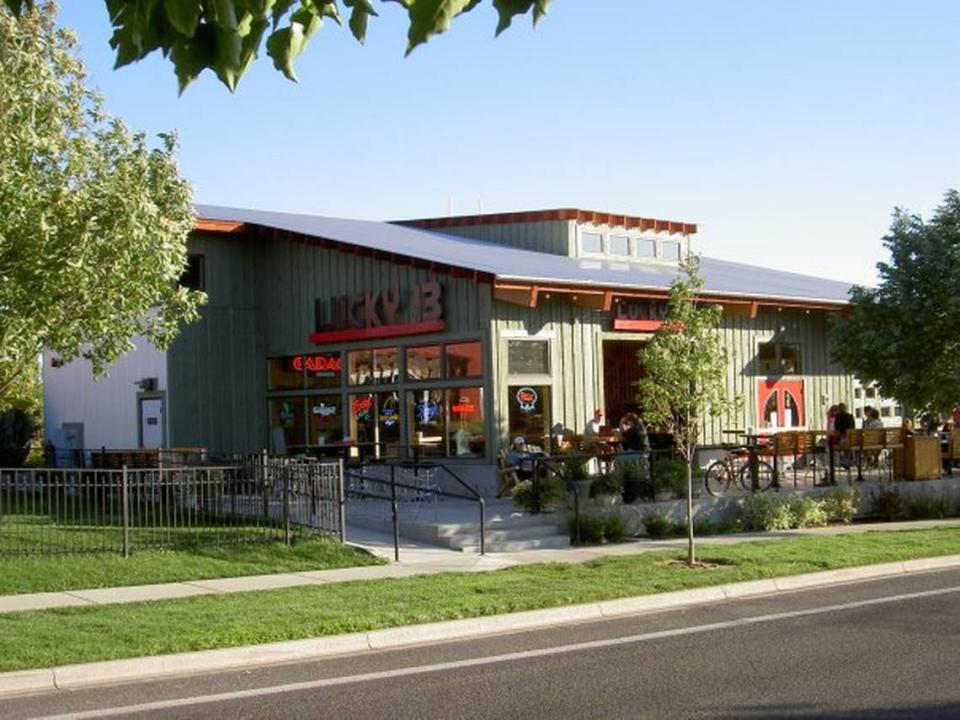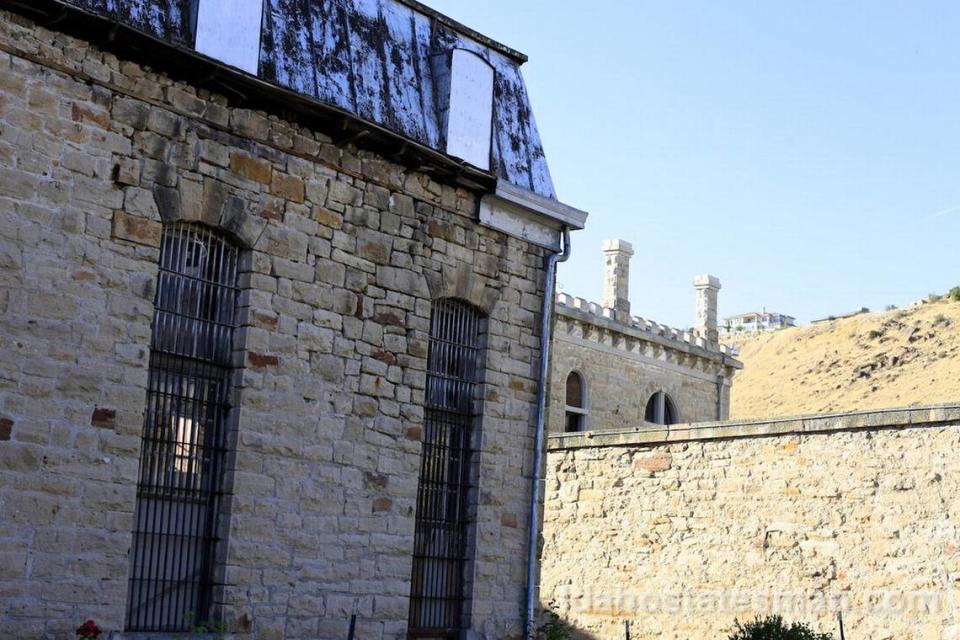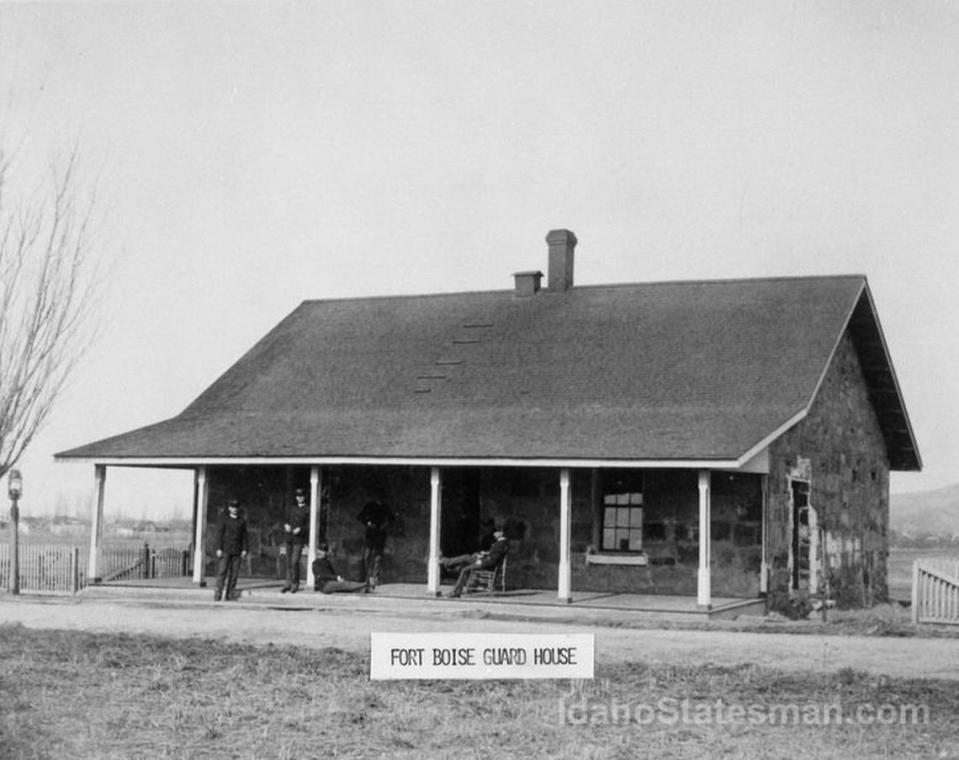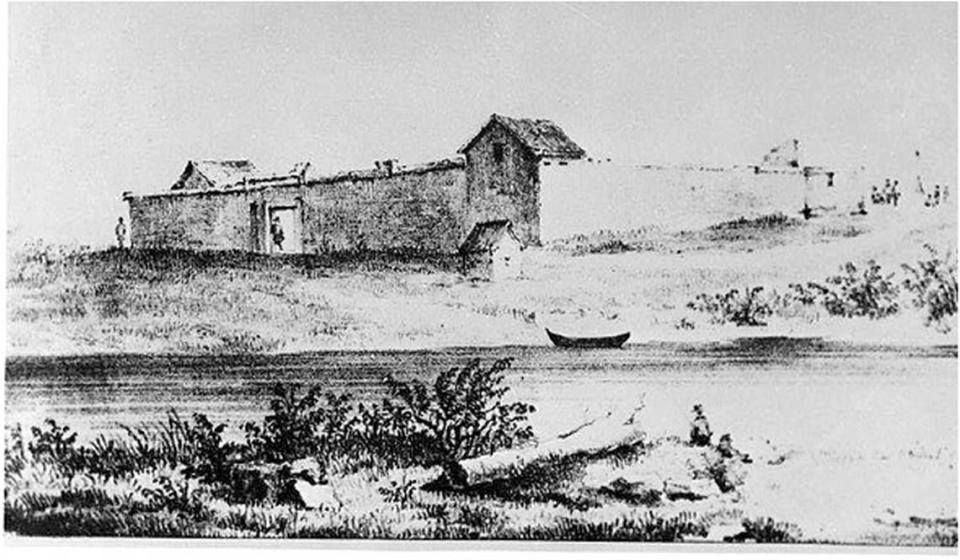Your East Boise Guide: What to know, things to do in this old but new part of downtown
Explore Boise: Sign up here for our newsletter on what to eat, drink, see and do.
Situated at the base of the Boise Foothills but just a short drive from downtown, East Boise has become one of the Treasure Valley’s hot neighborhoods for Idaho living.
From the already-developed East End to the quickly expanding communities on Warm Springs Mesa and in the Barber Valley, don’t be surprised if East Boise continues to be the go-to spot for newcomers over the next decade.
Where is East Boise?
If it’s east of Broadway Avenue and Julia Davis Park while north of Interstate 84, it’s in East Boise.
East Boise pushes up against the Foothills, and therefore much of its land is occupied by rolling hills and hikes with views of the Treasure Valley.
Over the years the community has grown along the Boise River, with some of the city’s grandest houses popping up in neighborhoods along Warm Springs Avenue. Some of the most well-known neighborhoods in East Boise include the East End, Barber Valley and Warm Springs Mesa.
Food and Drink in East Boise
Lucky 13 is the perfect example of the migration over to East Boise. The pizza joint was a North End staple from 1989 until it uprooted and moved to East Boise in 2007. Lucky 13 did keep its Boise roots under former owner Liza Goul, and now under new owner Will Berry.
“I really want to keep Boise things Boise,” Berry told the Idaho Statesman. “I didn’t want to drive by one day and see, like, Tony’s Pizza. I feel like Lucky 13 is kind of a fabric of Boise since the Hyde Park days and whatnot. There’s a lot of history there.”

Lucky 13 is part of a community of popular East Boise businesses in close proximity, alongside Lost Shack and Coffee Mill. The former is a collaboration between the Boise brewery Lost Grove Brewing and Meridian’s Sushi Shack to bring sushi and beer to Harris Ranch, a planned community in East Boise. The Coffee Mill is a quaint coffee shop with cozy indoor seating next to a fireplace or an outdoor patio once the weather warms up. It’s also across the road from The Stil, a Boise ice cream company with multiple locations around Boise.
Bown Crossing is another popular neighborhood spot that sits just beneath Table Rock. Along with residential housing, the area has a wide selection of East Boise’s favorite locales, such as Flatbread Neapolitan Pizzeria, the steakhouse Tavern at Bown Crossing, and one of the Treasure Valley’s four Boise Fry Co. locations.
Other East Boise restaurants to check out:
Trolley House - Boise breakfast joint for almost five decades, 1821 E. Warm Springs Ave.
The Roosevelt Market - Coffee, sandwiches and soft-serve ice cream, 311 N. Elm St.
Ram Restaurant and Brewery - Pub food, sports and craft beer, 709 E. Park Blvd.
Barbacoa - Spanish-American food and grilled steaks, 276 Bobwhite Court
Activities in East Boise
East Boise, including the East End neighborhood, is closely connected to downtown Boise and is home to some of the city’s best outdoor attractions.
Chief among those is the Idaho Shakespeare Festival. Every summer, the festival puts on multiple plays at its outdoor amphitheater — some of which are Shakespeare plays while others are not.
If you’re more into history than theater, the Old Idaho Penitentiary was built in 1870 and is one of just four territorial prisons open to the public in the United States. Tickets to step beyond the gate and into the prison yard are just $8 for adults and $5 for children but beware of ghosts — the penitentiary was featured in an episode of Travel Channel’s “Ghost Adventures.”

The penitentiary is next door to the Idaho Botanical Gardens — until 1973, it served as the penitentiary’s farm and nursery. The 42-acre botanical gardens are just a five-minute drive from downtown Boise and host events throughout the year, such as the summer’s Great Garden Escape, the Harvest Festival in the fall, and the Winter Garden aGlow through December.
Other East Boise outdoor activities:
MK Nature Center - Educational park with underwater fish windows, 600 S. Walnut St.
Warm Springs Golf Course - Golf course along the Boise River, 2495 E. Warm Springs Ave.
Table Rock - One of Boise’s most well-known hikes and landmarks, 2445 Old Penitentiary Road
Barber Park - Start of the Boise River float, 4049 S. Eckert Road
Simplot Sports Complex - Youth soccer, baseball and softball complex, 2437 E. Lake Forest Drive
Marianne Williams Park - 72-acre park on the Boise River, 3451 E. Barber Valley Drive
Historic Fort Boise
When you say downtown Boise, most people will think of Capitol Boulevard and the Idaho Capitol building with a backdrop of the Foothills. They may also think of the thriving bars and businesses along Main Street, and the newly built Warehouse and surrounding entertainment in the BoDo District.
But in the city’s early days, what’s now considered East Boise — or the East End — was the city’s heart.
The gold rush of the 1860s resulted in the construction of Fort Boise to protect minors and other travelers along the Oregon Trail, according to the East End Neighborhood Association. The fort, and its remaining buildings, still stand in the northwest corner of East Boise.

By 1863, a small community of about 725 people living in tents and wooden buildings could be found between the fort and the Boise River. Development continued toward modern-day Front and 1st streets, and by 1885, Boise’s population had grown to about 4,000.
Many of Fort Boise’s original buildings are still standing. The first building constructed on the fort was in 1863 as an officer’s dwelling, while another building added in 1909 that housed the commanding officers is now used as a research and infectious disease center.
History of East Boise
Despite East Boise’s recent boom in real estate, the neighborhood is one of Boise’s oldest, with development starting around the same time as the current downtown area.
Some of Boise’s earliest homes were built around Fort Boise — in those days, the area wasn’t considered East Boise but simply Boise. The families who built those homes now have streets around downtown Boise and the East End named after them, such as O’Farrell, Logan and Pierce.
The Idaho Statesman reported in late 1890 that a group led by local businessman C.W. Moore had found geothermal water deposits of up to 180 degrees. The discovery prompted further growth in East Boise as houses and businesses thrived off the geothermal heat.

The Natatorium — still in use today — was built in 1892 by the Geothermal Water Company to promote the use of geothermal heat and give Boiseans a recreational place to relax and play. At the time, the 125-foot-long swimming pool with a 40-foot artificial waterfall was the largest indoor swimming pool in the country.
Most of the available area in the original East Boise has now been developed, which has prompted development even further east, such as in the Barber Valley.
Boise's Neighborhood Guides
Over the next several months, the Idaho Statesman will be publishing neighborhood guides. Here are a few:
• Boise Bench Guide: The city's multicultural wonderland
• Garden City Guide: An up-and-coming hot spot
• North End Guide: Boise's hiking and biking neighborhood
• North Meridian Guide: Idaho’s fastest-growing city
• • •
Want to know more about what to do, see and eat in the Boise area? Explore the Treasure Valley with us: Sign up for our new newsletter in the form below.

